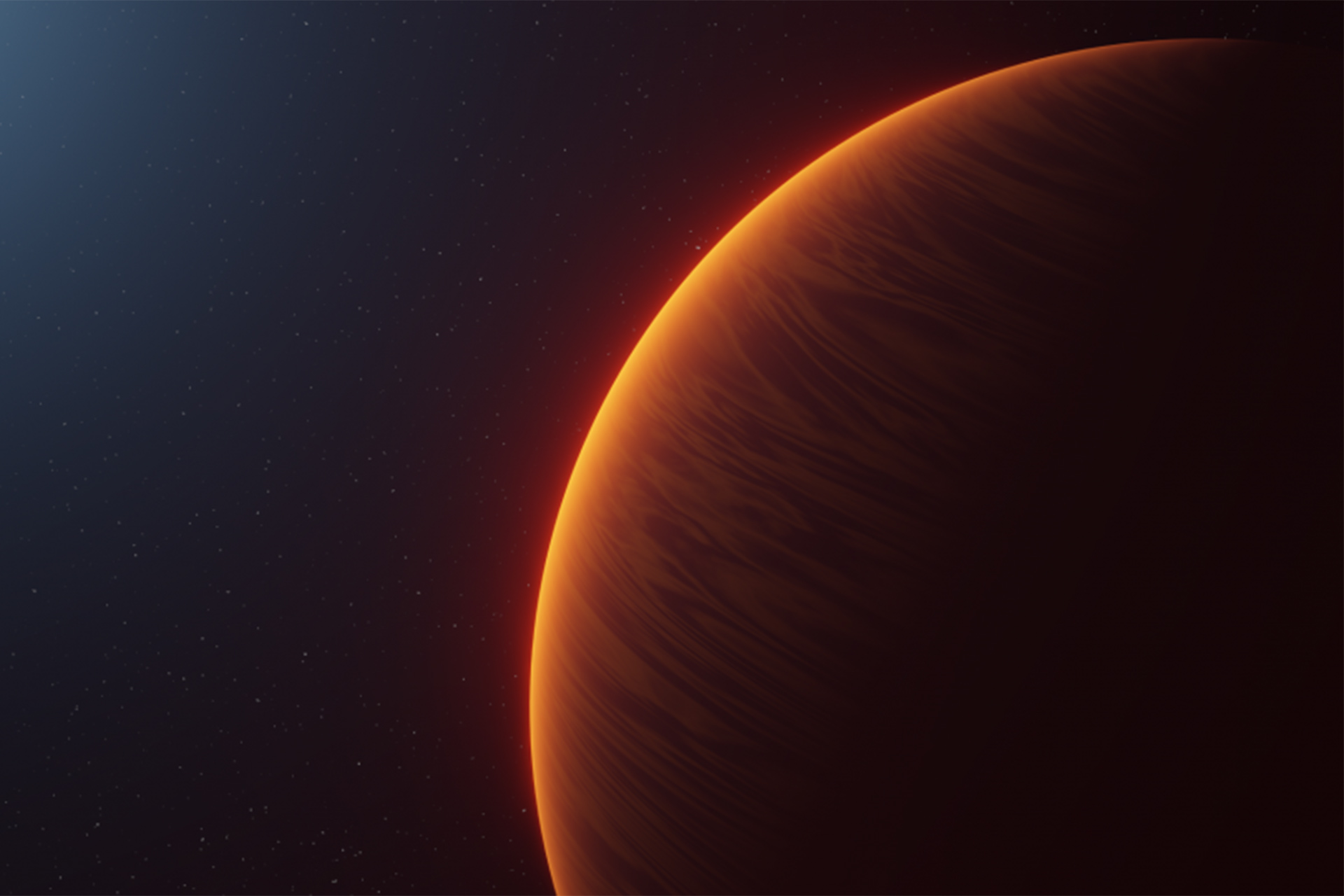3D map of an exoplanet’s atmosphere may help find Earth-like worlds
Many exoplanets are completely uninhabitable, but they can still be useful in the search for more hospitable worlds. Scientists at Lund University have created a 3D map of ultra-hot gas giant WASP-189b’s atmosphere that could provide insights into other distant planets’ skies. The team used a high-resolution spectrograph to study the host star’s light as it passed through the planet’s atmosphere, looking for line positions in elements that not only indicated what materials were present, but that they swirled around in three-dimensional layers.
The elements themselves included a breakthrough. This is the first time observers had solid evidence of titanium oxide in the atmosphere of a gas giant like this. It also has familiar jovian world chemicals like iron, chromium and magnesium.
You won’t be visiting WASP-189b any time soon. Its daytime temperature climbs to nearly 5,800F, and its 2.7-day orbit won’t help matters. However, the spectrograph techniques involved here could translate to other exoplanet atmosphere studies. Researchers could compare atmospheres and better determine whether or not a planet can support life. That, in turn, could help focus studies on the most promising planets.
All products recommended by Engadget are selected by our editorial team, independent of our parent company. Some of our stories include affiliate links. If you buy something through one of these links, we may earn an affiliate commission.






